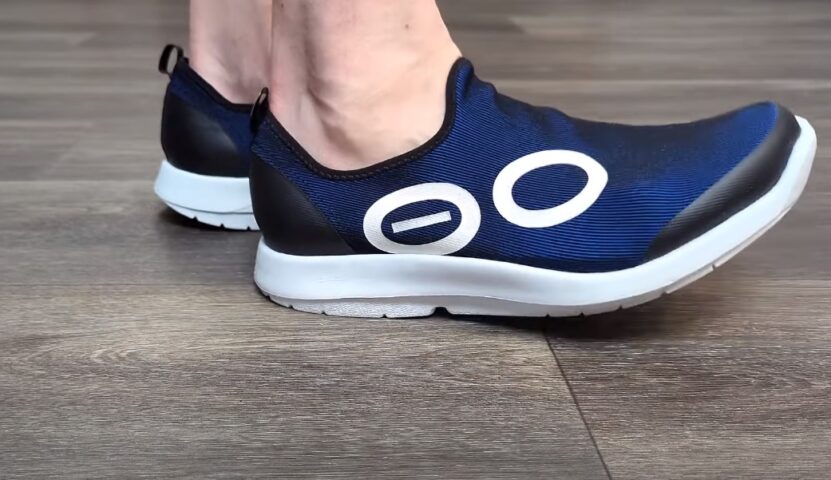As someone who’s struggled with foot discomfort after long runs and busy days, I discovered something called recovery footwear. These are special shoes designed to help your feet relax and recover after intense activities or standing for long periods.
They’re not your typical sneakers; they have unique features like extra cushioning and arch support to ease foot stress. I started using them and noticed a big difference in how my feet felt afterward. Here’s how they can help you.
Key Takeaways
- Recovery shoes are specifically designed to provide relief and support to feet after intense physical activities or long periods of standing.
- These shoes typically feature advanced foam construction for superior shock absorption, significant arch support, and a flexible, rocker-style sole to reduce stress on foot muscles and joints.
- Recovery footwear is intended for short-term use post-activity and is not designed for all-day wear or long-distance walking due to its specialized construction.
- While beneficial for a wide range of individuals, these are not suitable for everyone, such as those with balance issues.
- They are not a replacement for everyday shoes.
What Are Recovery Shoes?
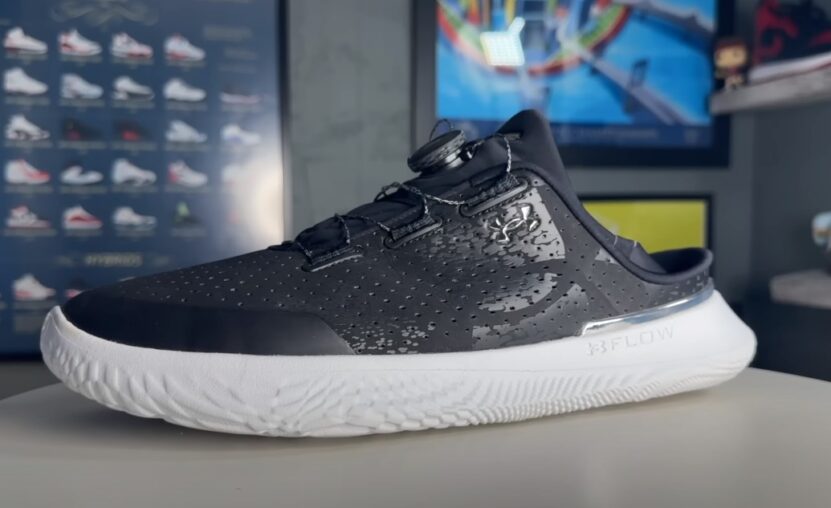
Recovery shoes, like the OOFOS OOmg EeZee Low Shoe and Kane Revive, are engineered with a focus on alleviating foot stress after physical activities. These shoes are characterized by their foam construction, which offers exceptional shock absorption—37% more than traditional footwear, according to OOFOS.
This foam technology provides a cushioning effect, akin to walking on a pillow, as described by podiatrist Mark Mendeszoon, DPM. The design of recovery shoes includes a significant arch fill to support the foot from below, offering a massage-like sensation during walking.
Additionally, their soles are more flexible and feature a slight upward curve, resembling a rocker. This design helps reduce stress on muscles and joints, making walking a more effortless task.
When to Wear Them?
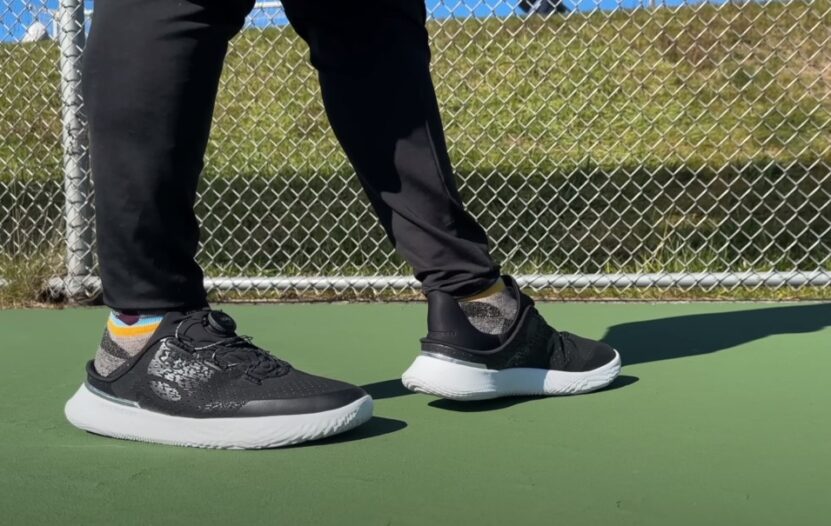
Recovery shoes are ideal for post-activity wear, especially after prolonged periods of standing or running. However, they are not meant for all-day use. The materials used in these shoes are not designed to withstand the pressures of being on your feet all day, as pointed out by Dr. Mendeszoon.
Overuse can lead to quicker wear and tear, diminishing their effectiveness. For those working from home or walking on hard surfaces, recovery slippers like the OOFOS OOcoozie mule can offer better support than traditional slippers.
Sandal options, such as the HOKA Ora Luxe, provide a healthier alternative to flip-flops.
Who Should Wear These?
Recovery shoes are beneficial for a wide range of individuals, not just athletes. They are particularly helpful for anyone who spends significant time on their feet. However, they are not suitable for everyone. People with balance or stability issues, such as those with vertigo, should avoid these shoes due to their rocker bottoms.
Also, they are not a cure-all for foot problems like plantar fasciitis or flat feet. Moderation in use and rotating different types of footwear is key to maintaining foot health.
How Are These Shoes Different?
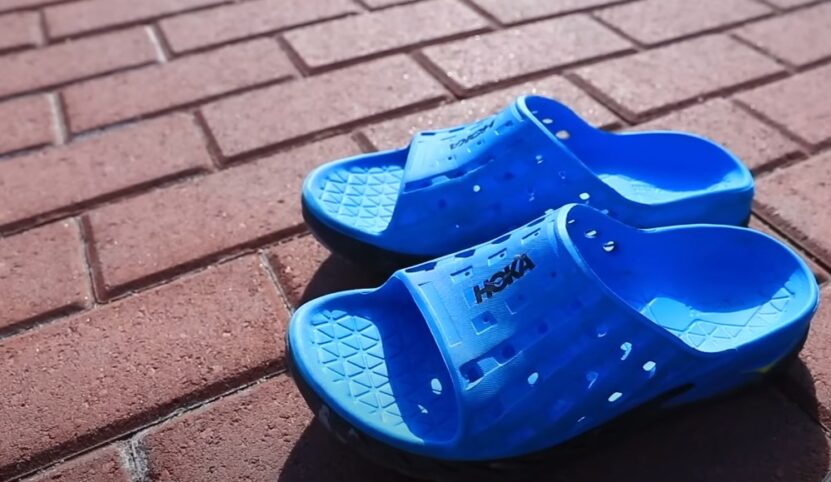
The core technology in recovery shoes lies in their advanced foam construction. This isn’t just any foam; it’s a carefully engineered material designed to absorb a high percentage of impact.
When you step into a pair of recovery shoes, the foam works to dissipate the stress and strain your feet have endured, providing immediate relief.
Arch Support and Sole Design
Another critical aspect is the arch support these shoes offer. Unlike regular footwear, recovery shoes have a more pronounced arch fill. This design cradles the foot’s arch, offering support where it’s most needed.
The sole’s unique rocker design further aids in reducing the load on your foot muscles and joints. This combination of arch support and sole design contributes to the feeling of walking on air, a common description among recovery shoe users.
Choosing the Right Recovery Footwear
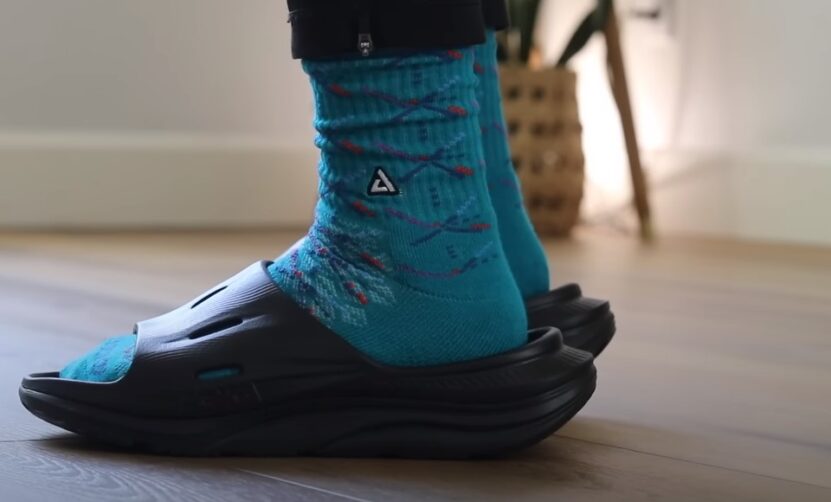
Recovery footwear comes in various styles, including sandals, slippers, and closed-toe shoes. Your choice should depend on your lifestyle and specific needs. For instance, if you’re an athlete, you might prefer a closed-toe design for post-training wear.
On the other hand, if you’re looking for something to slip on after a long day at work, recovery sandals or slippers might be more appropriate.
Personal Preferences and Foot Health
While recovery shoes are beneficial, they’re not a one-size-fits-all solution. Personal preference in terms of fit, style, and comfort plays a significant role. Additionally, if you have specific foot health issues, consulting with a podiatrist before choosing recovery footwear is advisable.
They can recommend the best type of recovery shoe based on your individual needs.
FAQs
Can recovery shoes help with recovery from foot injuries?
These are primarily designed for post-activity relief and are not specifically targeted for injury recovery. However, their cushioning and support can potentially aid in the comfort of those recovering from minor foot injuries.
It’s essential to consult with a healthcare professional for footwear recommendations if you’re recovering from a foot injury.
Are recovery shoes suitable for people with diabetes?
People with diabetes often require special footwear to prevent foot complications. While recovery shoes offer comfort and support, they may not meet the specific needs of diabetic feet, such as non-restrictive fit and special insoles.
It’s advisable for individuals with diabetes to consult with their doctor before using recovery shoes.
Can I use recovery shoes for walking long distances?
These shoes are designed for short-term wear post-activity and are not intended for long-distance walking. Their design focuses on relieving foot stress rather than providing the sustained support and durability needed for extended walking.
How do I clean and maintain my recovery shoes?
The cleaning method depends on the material and construction of the shoe. Generally, it’s recommended to use a gentle cleaner and avoid harsh chemicals. Some recovery shoes are machine washable, but always check the manufacturer’s instructions.
Air drying is typically recommended over machine drying.
How often should I replace my recovery shoes?
The lifespan of these shoes depends on how frequently they are used and the conditions they are exposed to. Generally, it’s a good idea to inspect them regularly for wear and tear and consider replacing them if the cushioning starts to degrade or if there are visible signs of damage.
On average, replacing them every 6 to 12 months with regular use is a good guideline.
Final Thoughts
Recovery footwear is a great solution for anyone looking to give their feet some extra care after intense activities or long days on their feet. With their unique cushioning and support features, these shoes can make a noticeable difference in reducing foot fatigue and discomfort.

